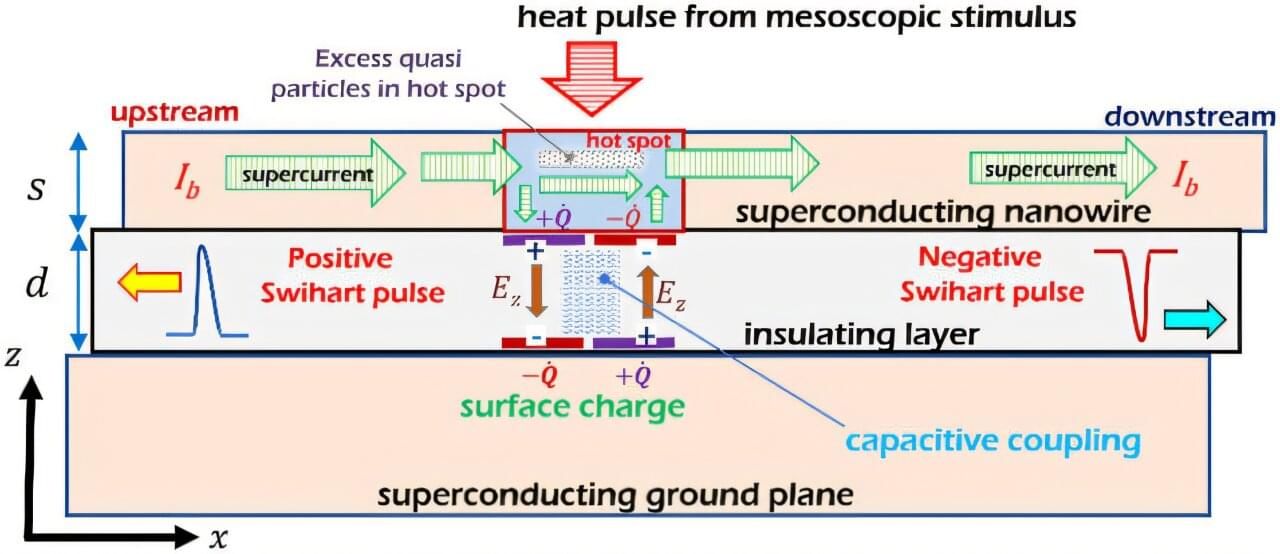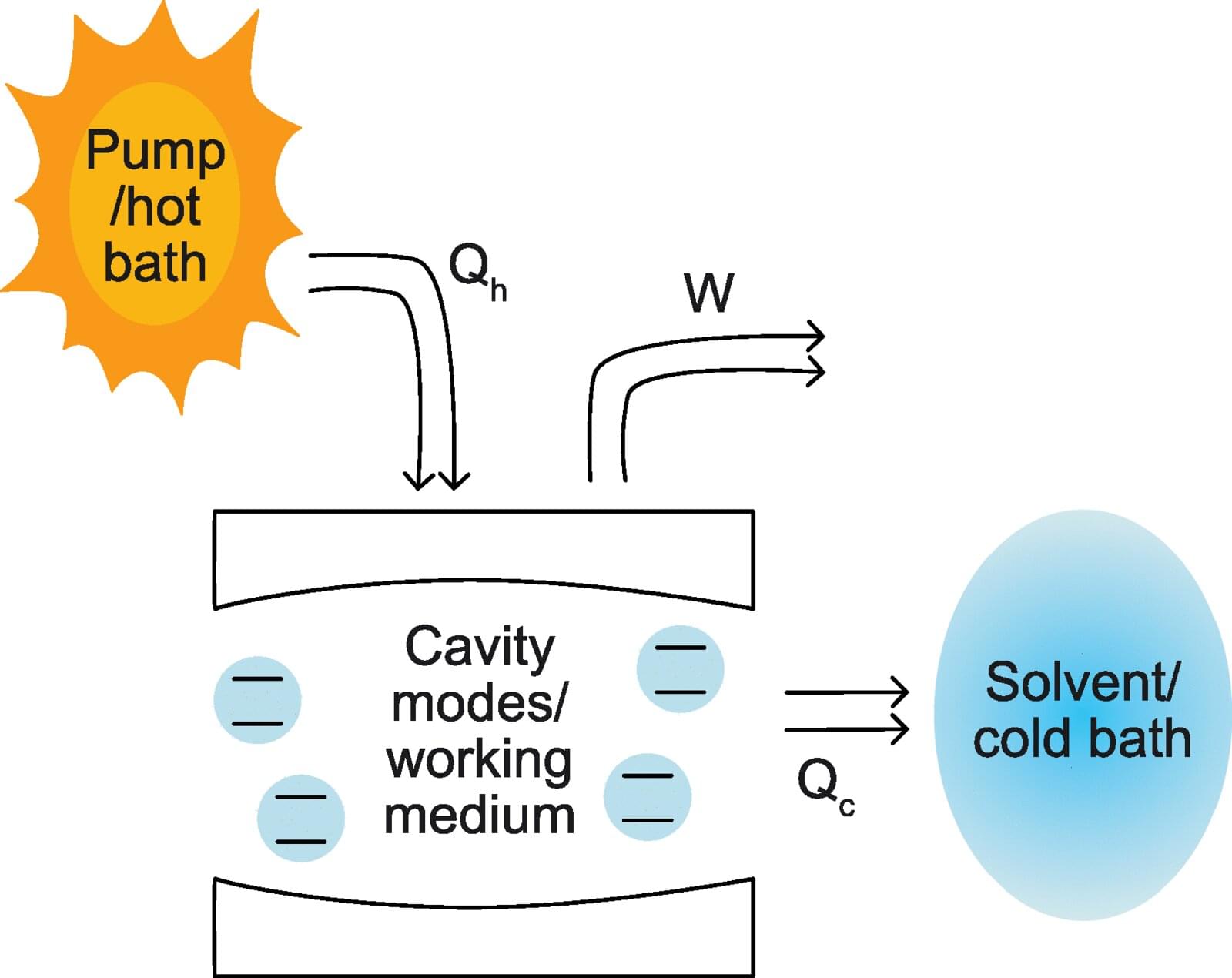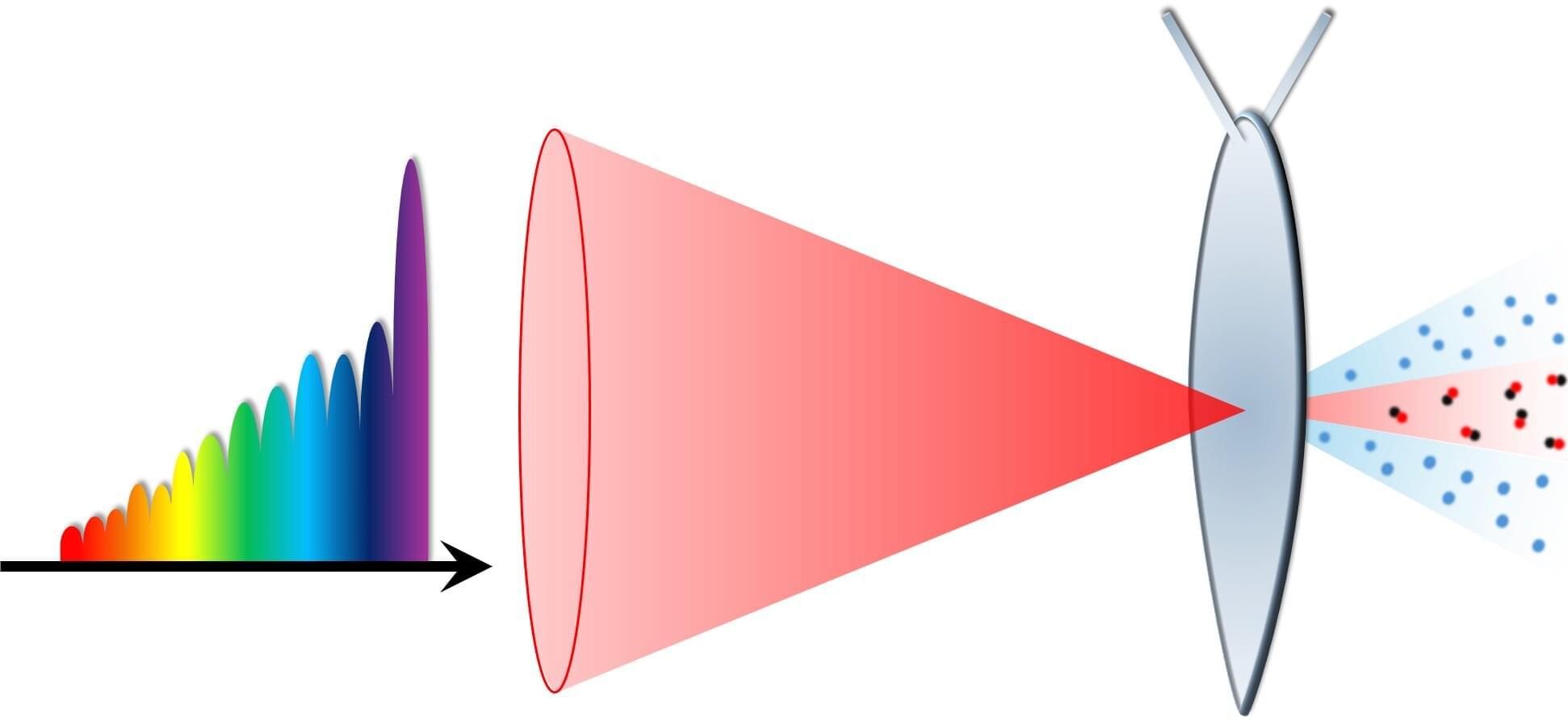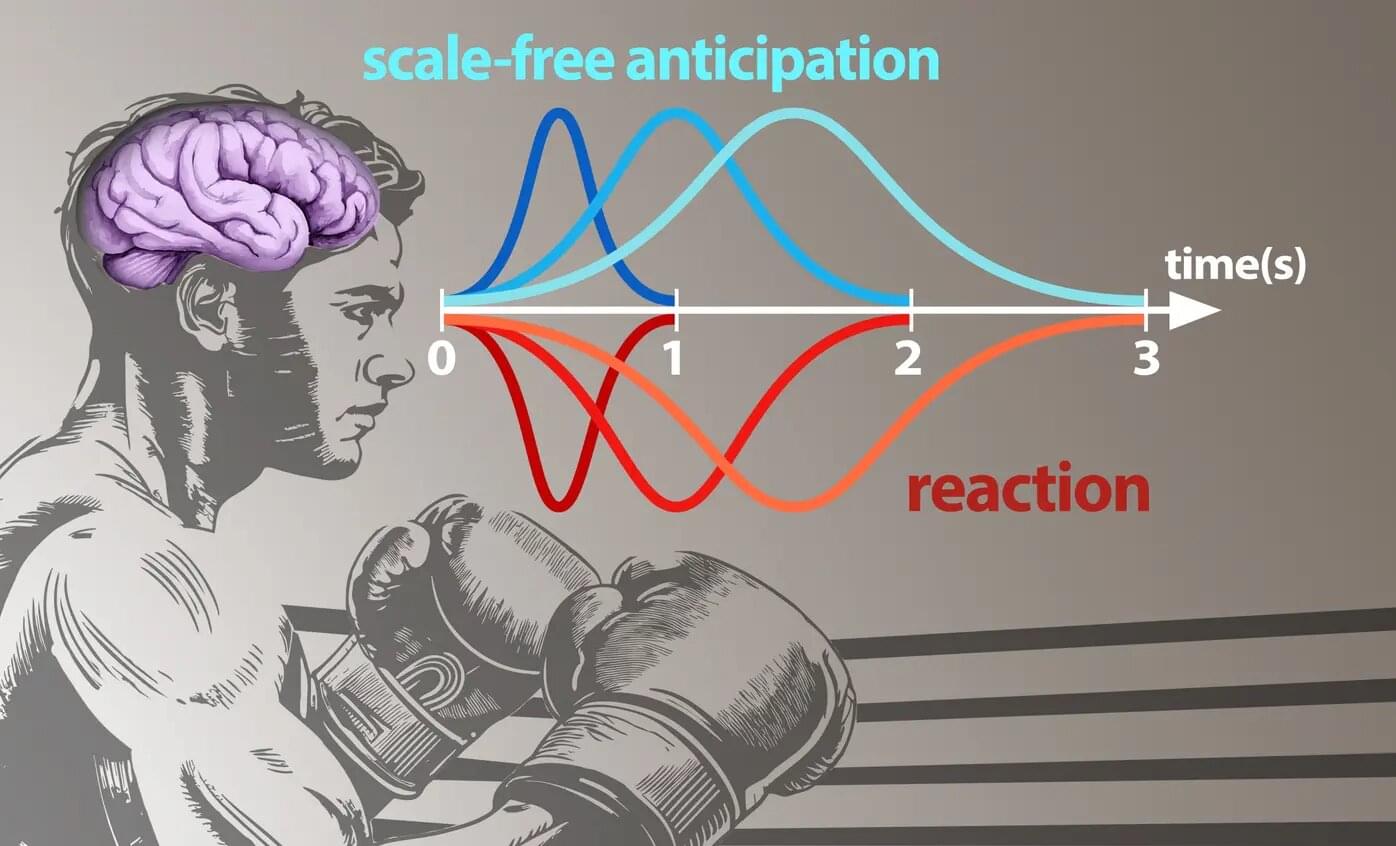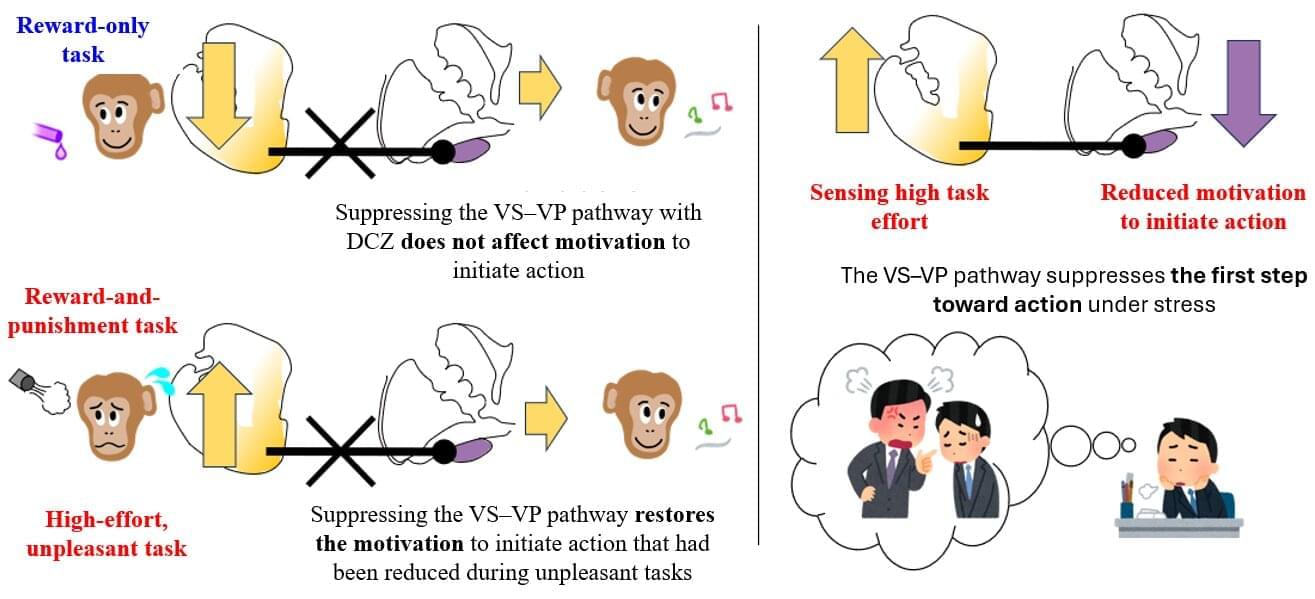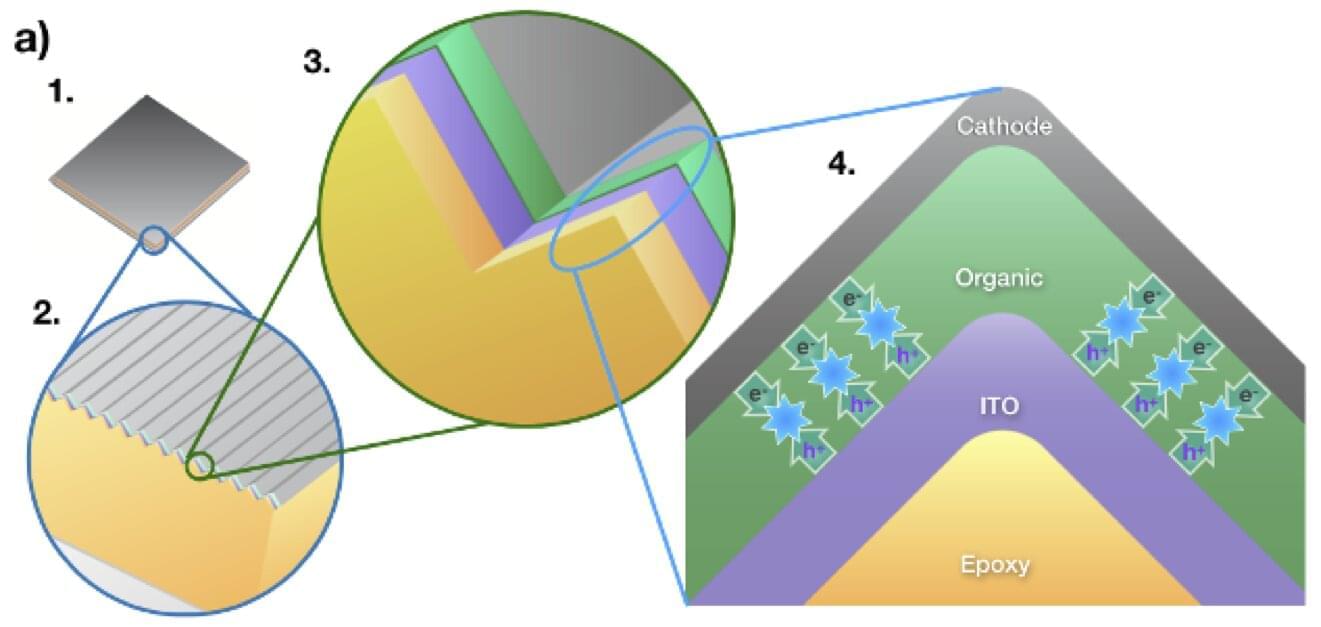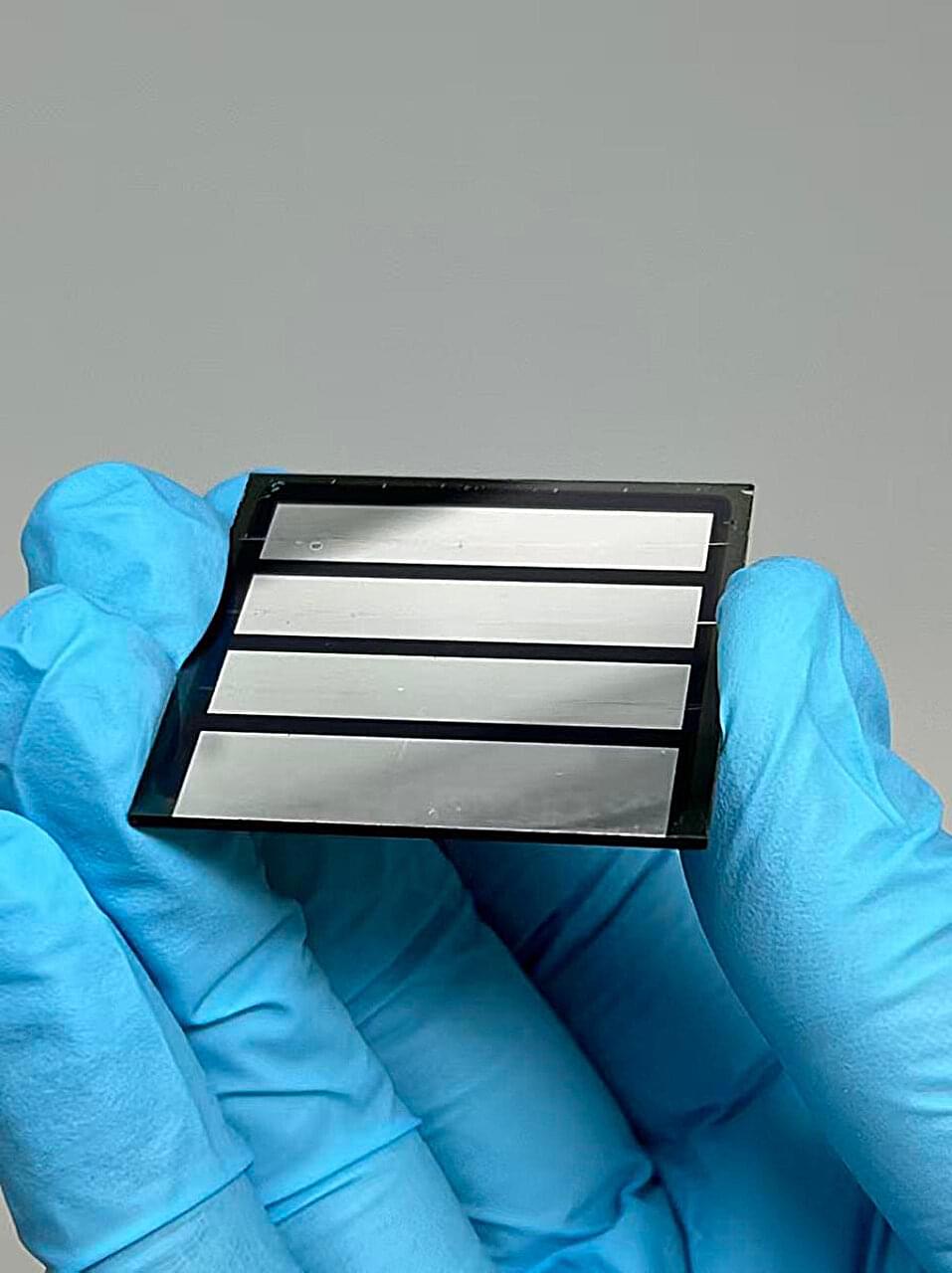In high-intensity laser–matter interactions, including laser-induced particle acceleration, physicists generally want to work with the highest possible focused laser peak power, which is the ratio of energy per unit area to pulse duration. Therefore, for the same pulse energy and focus, the highest peak intensity can be achieved with the shortest pulse duration.
According to Károly Osvay, head of the National Laser-Initiated Transmutation Laboratory (SZTE NLTL) at the University of Szeged, it has long been known that by changing the so-called spectral phase in a laser pulse, it is possible to ensure that the components of the pulse reach the target in a specific temporal sequence. This ultimately allows the temporal shape of the pulse to be influenced.
“We looked at what happens when we change the relative timing of the frequency components. We confirmed that the order of the components influences which particles we can accelerate best and to what extent. In the case of deuterated solid-state foils, for example, we can change the ratio of accelerated proton and deuteron ions, as well as the ratio of the forward and backward accelerated species. All this is fundamentally influenced by the complex temporal shape of the laser pulse,” said the researcher.


